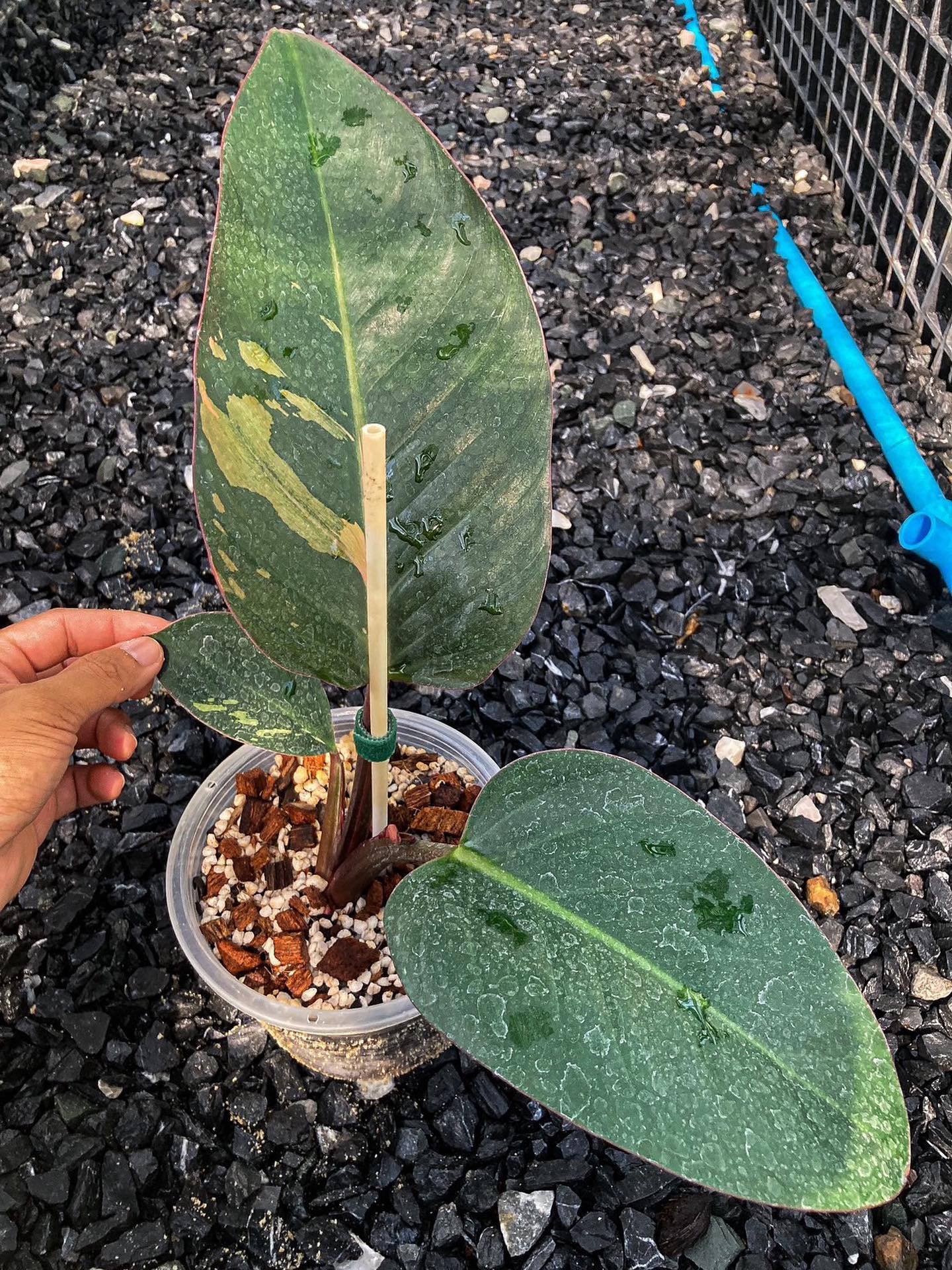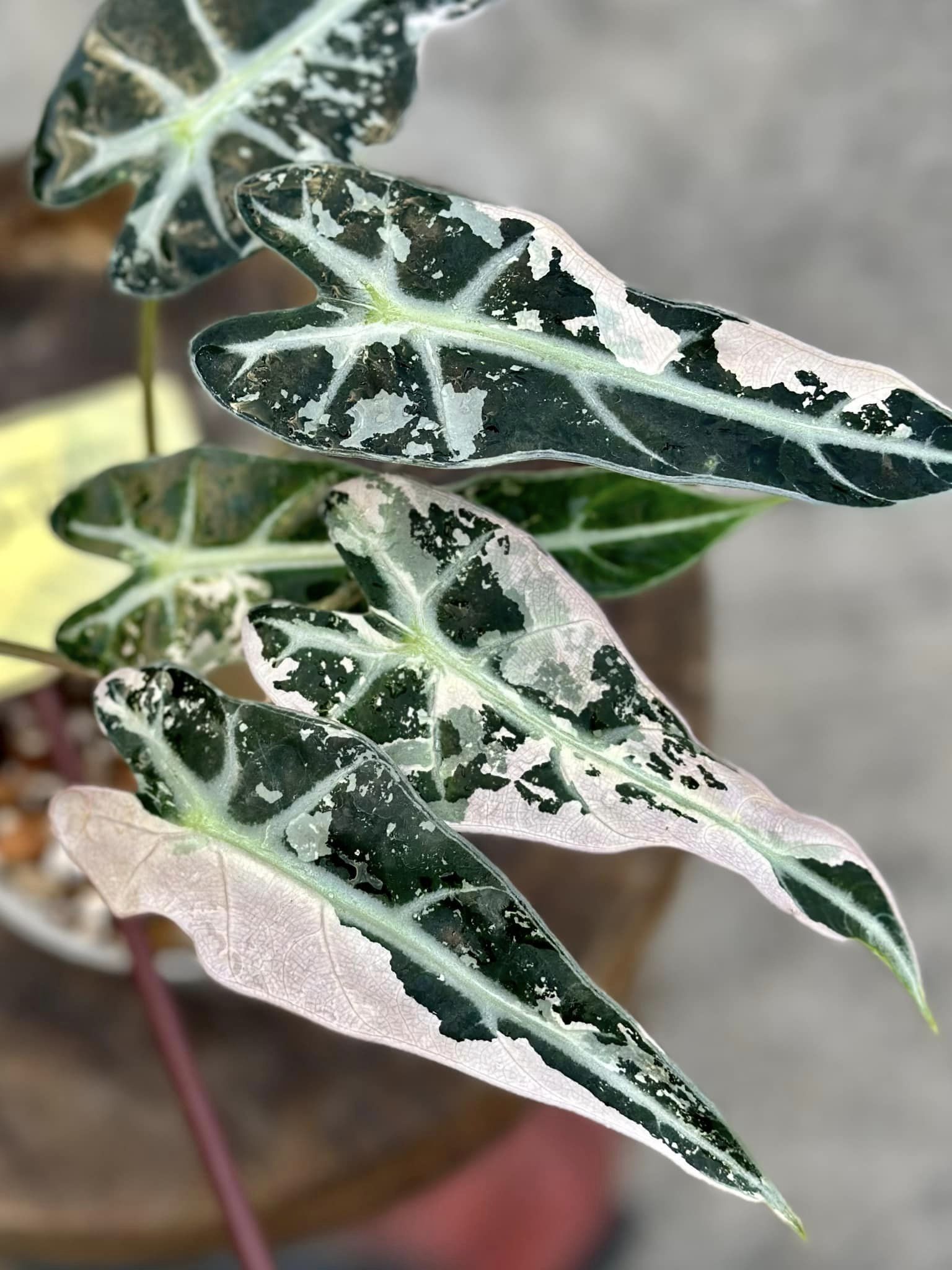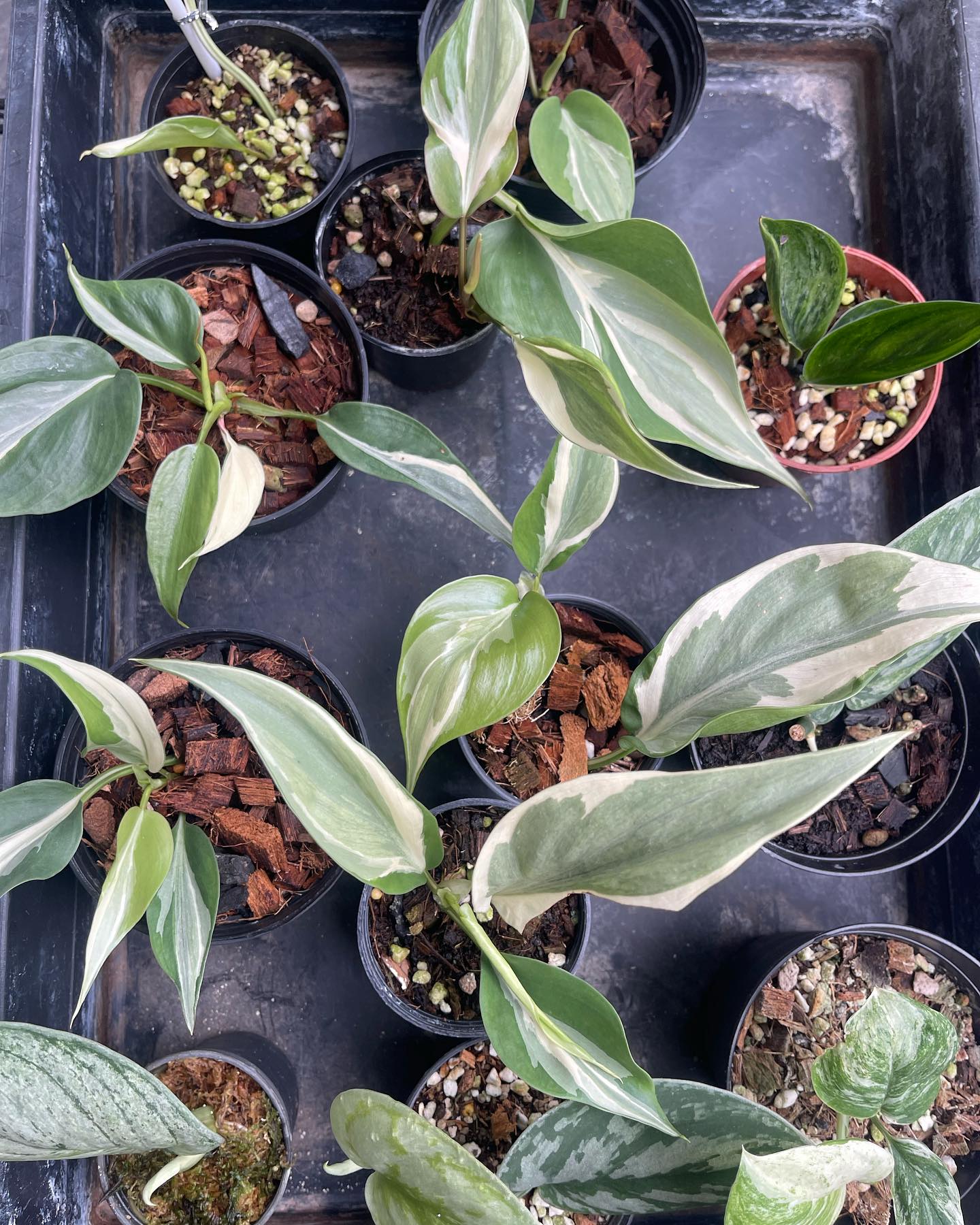Variegated plants, with their splashes of white, yellow, or cream on their leaves, add visual interest to any garden. However, these beautiful plants require some special care compared to their solid green leafed counterparts. By understanding what makes variegated plants unique and implementing good cultural practices, you can help your variegated plants thrive.

Light Requirements
Importance of Adequate Light
Variegated plant varieties need ample sunlight to maintain the vibrant color patterns on their leaves. With too little light, the lighter portions of the leaves revert to solid green. This occurs because the green chlorophyll necessary for photosynthesis dominates when light levels drop. To preserve the striking variegated patterns, site these plants in bright, indirect light. Morning sun is ideal in hot climates as it is gentler than afternoon sun.
Signs of Insufficient Light
Watch your variegated plants closely for signs they need more sunlight. If leaf variegation fades or disappears altogether, it is a clue the plant lacks adequate light. New leaves may emerge completely green without the expected white, yellow or cream patterning. In addition, plants deprived of sufficient light tend to stretch or lean towards any available light source. If your variegated plant takes on any of these characteristics, consider moving it to a sunnier spot.

Soil Needs
Well-Drained Soil
Variegated plants require loose, well-drained soil to thrive. Dense, moisture-retentive soil often leads to root rot and other problems. Amend clay soils with plenty of compost or other organic material to improve drainage. Alternatively, raise variegated specimens in containers using a high-quality commercial potting mix. This gives you control over soil conditions. Monitor soil moisture closely when growing in containers as they dry out more readily than garden beds.
Soil pH Preferences
Test your garden soil’s pH before planting variegated specimens. While most tolerate a wide range from acidic to alkaline, you will have the best results if you amend the soil to suit your particular plant. For example, variegated hydrangeas prefer mildly acidic conditions while variegated weigela does best in neutral to slightly alkaline soil. When in doubt, aim for a pH around 6.5 to 7.0. Include an appropriate fertilizer when preparing planting beds and containers to encourage strong growth.

List of the most sought after Rare Variegated Plants in 2023
Watering Needs
Importance of Consistent Moisture
To maintain their signature foliage, variegated plants rely on evenly moist soil. Allowing containers or garden soil to completely dry out causes drought stress. This can damage delicate roots and cause leaf scorch or loss of variegation. Apply water when the top few inches of soil become crumbly. Thoroughly moisten the entire root zone and allow excess moisture to drain away. Depending on your climate, plants may need daily watering. Install drip irrigation in garden beds to simplify the watering process.
Good Drainage is Essential
While variegated plants dislike drying out, they are also sensitive to overly wet soil. Stagnant moisture encourages fungal infections and root rot issues which can rapidly kill affected plants. Ensure containers and garden beds drain adequately after watering. If puddles collect under potted plants, repot into fresh, well-draining soil mix. For boggy areas in landscape beds, amend soil with compost or gravel to improve permeability before planting variegated specimens. Take care not to overwater. Allow the top inch of soil to become nearly dry between thorough waterings.

Nutrient Needs
Balanced Fertilizer Applications
Like all flowering and foliage plants, variegated varieties thrive best with regular feeding. Test soil nutrients levels before planting and amend beds with aged manure or compost as needed. Supplement further by applying a balanced, water-soluble fertilizer every 2-4 weeks during the active growing season. Search for one labelled specifically for colorful foliage plants oracid-loving species if appropriate. Feeding encourages lush, vibrant growth rather than rapid, weak growth prone to problems. Reduce frequency during periods of summer heat or winter dormancy.
Micronutrients are Beneficial
In addition to major nutrients like nitrogen, potassium and phosphorus, variegated plants benefit from micronutrients. Calcium, magnesium and iron help preserve the chlorophyll-deficient portions of their leaves. Lack of these nutrients causes loss of variegation due to dominance of green pigments. Use a supplemental fertilizer containing micronutrients derived from seaweed or compost sources. For quick results, apply a water-soluble product directly to leaves as directed. Take care to cease fertilization for houseplants or tender specimens once they enter dormancy for winter.
Pruning Needs
Prune Selectively
While most plants respond well to pruning for shaping or bloom enhancement, take care when cutting back variegated varieties. Removing large amounts of growth robs the plants of food production capacity. This stress can inhibit colorful variegated foliage. For shrubs and trees, focus only on thinning über congested areas and shortening leggy stems or wayward branches. Prune herbaceous perennials by cutting back only spent flower stems to encourage extended bloom and basal break. Take out only the oldest, most damaged leaves near the base as needed to improve appearances and airflow.
Avoid Heavy Shearing
Heavy-handed shearing or shaping should be avoided with variegated plants. Removing too much green foliage hinders the plant’s ability to undergo photosynthesis. While new growth eventually replaces pruned stems and branches, the plant suffers in the interim. The resulting foliage is often purely green as the variegated pigments fail to develop properly under stressful conditions. Hand prune judiciously just before new growth appears in early spring. This minimizes undesirable effects while refresh ing overall form as desired. Cease pruning after mid-summer to allow sufficient recovery time before winter dormancy sets in.
Protecting Variegated Plants in Winter
Mulch Landscape Plantings
In cold winter regions, landscape plantings of tender variegated plants benefit immensely from mulching. Spread several inches of shredded bark, evergreen boughs or wood chips over the root zones after plants enter dormancy. The light color of materials like straw or pine needles reflects sunshine back up to foliage, reducing chances of freeze damage to leaves while moderating soil temperature fluctuations that heave roots up from the ground. Remove mulch gradually in early spring as the weather warms.
Shelter Container Plants
Group containerized variegated plants together in a sheltered location to pass winter months protected from the worst weather conditions. Place delicate specimens near foundations or against sunny house walls. Avoid overhangs where cold rain or snow can increase chances of root rot or crown issues. Surround with straw bales, bags of leaves, burlap or fiber row covers. Check plants underneath regularly for moisture needs and pest problems. Containerized plants lack the insulation of surrounding garden soil so be proactive preventing damage from cold, wind or drought in winter.
Conclusion
Caring for variegated plants presents some unique challenges but the visual rewards are well worth any extra effort. By providing adequate sunlight, moisture, soil amendments and appropriate fertilizer, you can help colorful variegated varieties of shrubs, trees and perennials reach their beauty potential in gardens and container plantings. Protect these often tender specimens from harsh winter conditions in cold climates for season after season of enjoyment observing the intriguing patterns on their foliage. With proper cultural care, variegated plantings add striking architectural and textural presence to both outdoor and indoor living spaces.
FAQ
- What are variegated plants, and why are they special? Variegated plants are those with leaves or stems that display variations in color or pattern, often featuring stripes, spots, or marbled patterns. They are special because of their unique and eye-catching appearance, making them popular choices among plant enthusiasts.
- How do I choose the right location for my variegated plants? Variegated plants generally prefer bright, indirect sunlight. Avoid placing them in direct sun, as it can scorch their delicate leaves. Find a spot in your home where they can receive filtered sunlight or partial shade, such as near a window with sheer curtains.
- What’s the best way to water variegated plants? Variegated plants have varying water requirements depending on the specific species. In general, it’s important to allow the top inch or so of soil to dry out between waterings. Use a well-draining potting mix and water thoroughly, ensuring excess water can escape through drainage holes. Always adjust your watering routine based on the plant’s needs and environmental conditions.
- How do I prevent pests and diseases in my variegated plants? To keep your variegated plants healthy, regularly inspect them for signs of pests like aphids or mealybugs. If you notice any infestations, treat them promptly with insecticidal soap or neem oil. Also, avoid overwatering to prevent root rot, a common issue in many indoor plants. Maintain good air circulation around your plants to discourage fungal diseases.
- Should I fertilize my variegated plants, and if so, how often? Yes, variegated plants benefit from periodic fertilization during the growing season (spring and summer). Use a balanced, water-soluble fertilizer and follow the recommended dilution rates on the label. Fertilize every 4-6 weeks, but be cautious not to over-fertilize, as excessive nutrients can harm your plants. Reduce or stop fertilizing during the dormant winter months.

